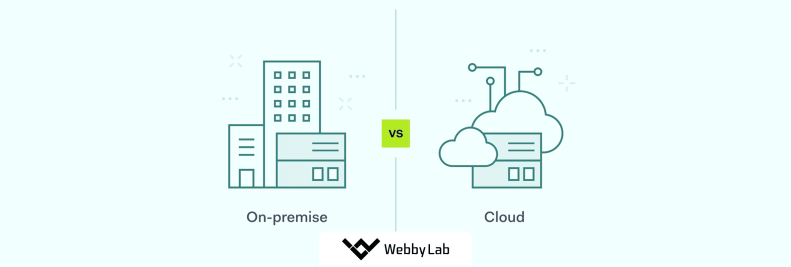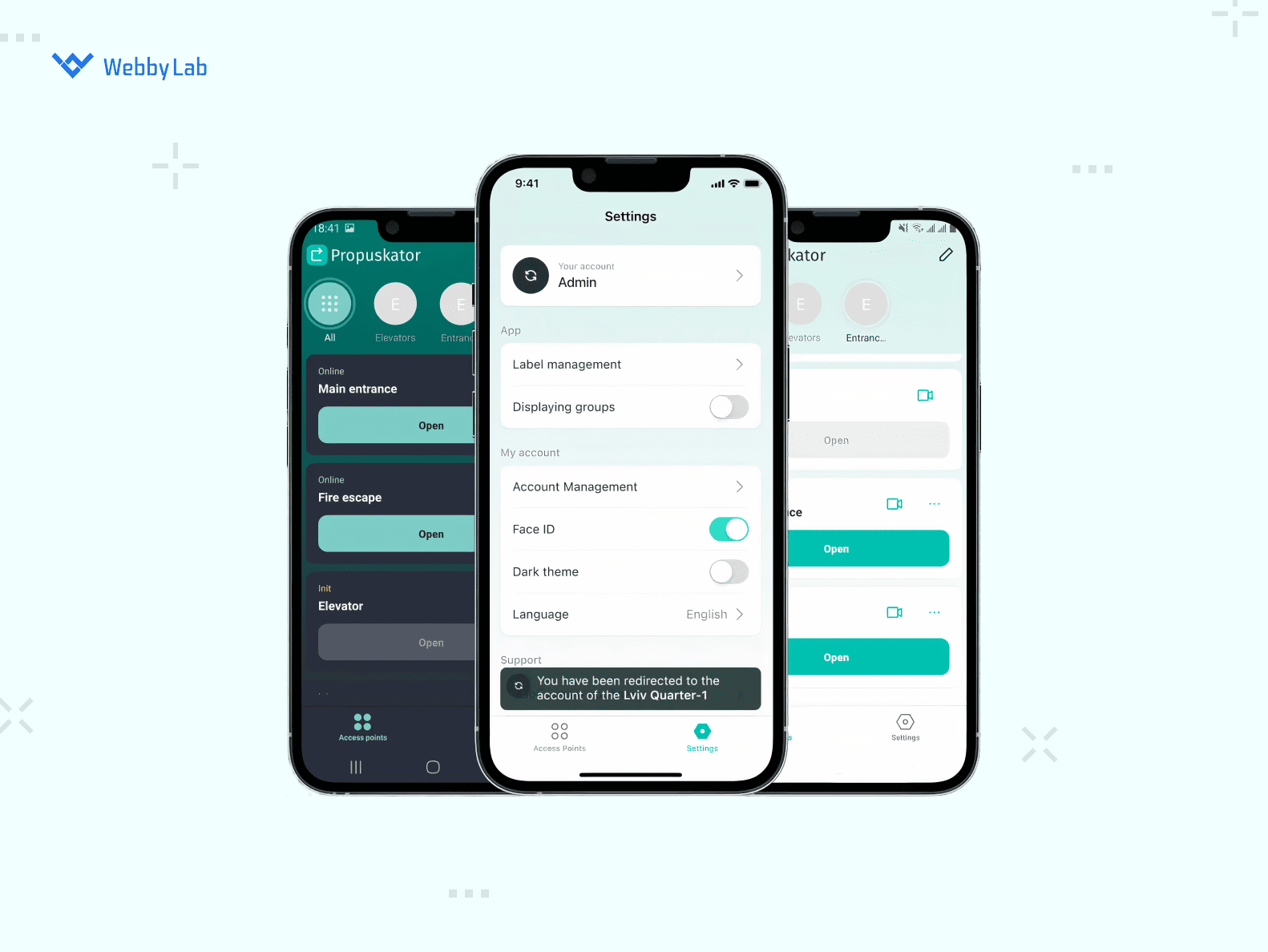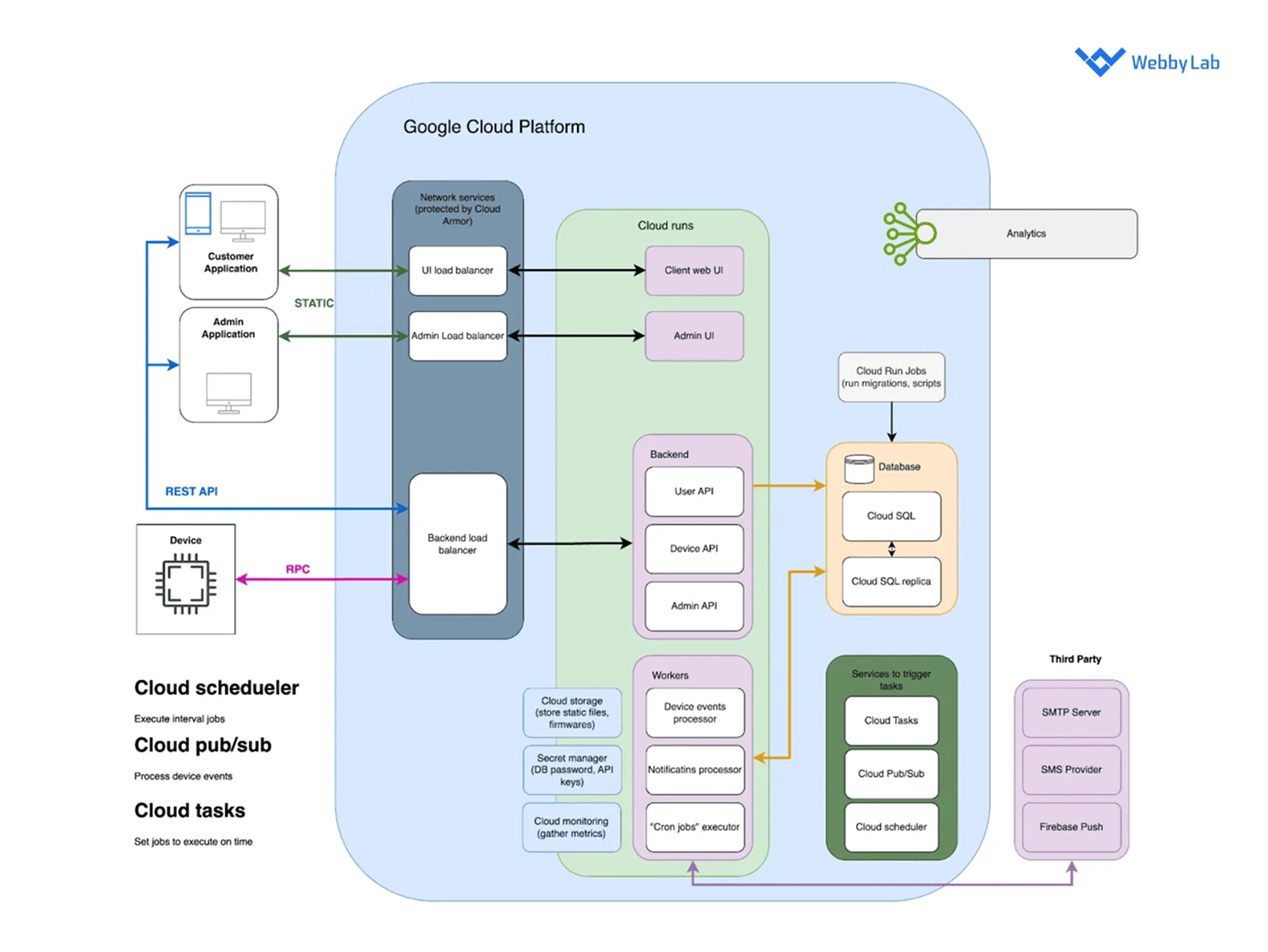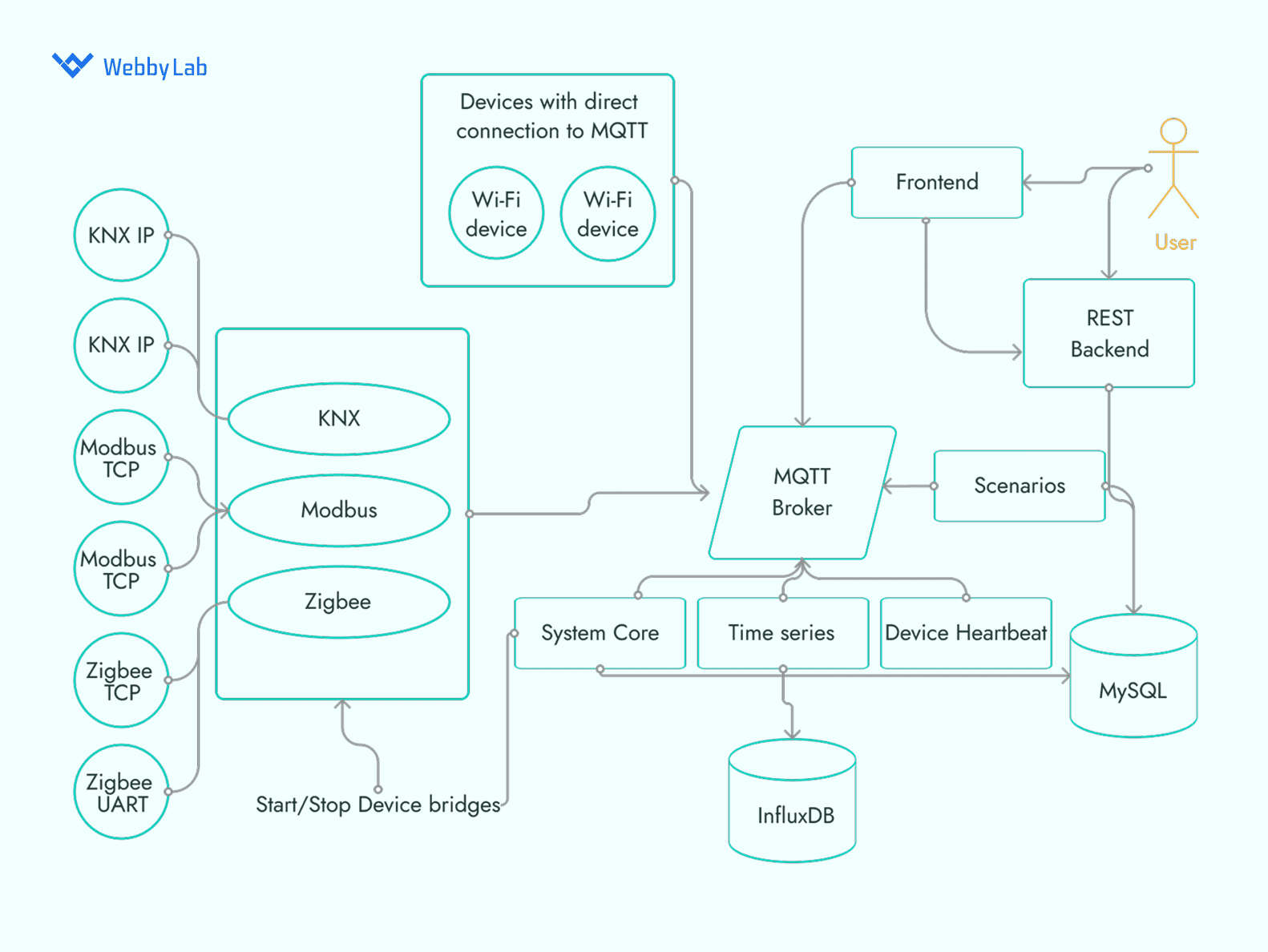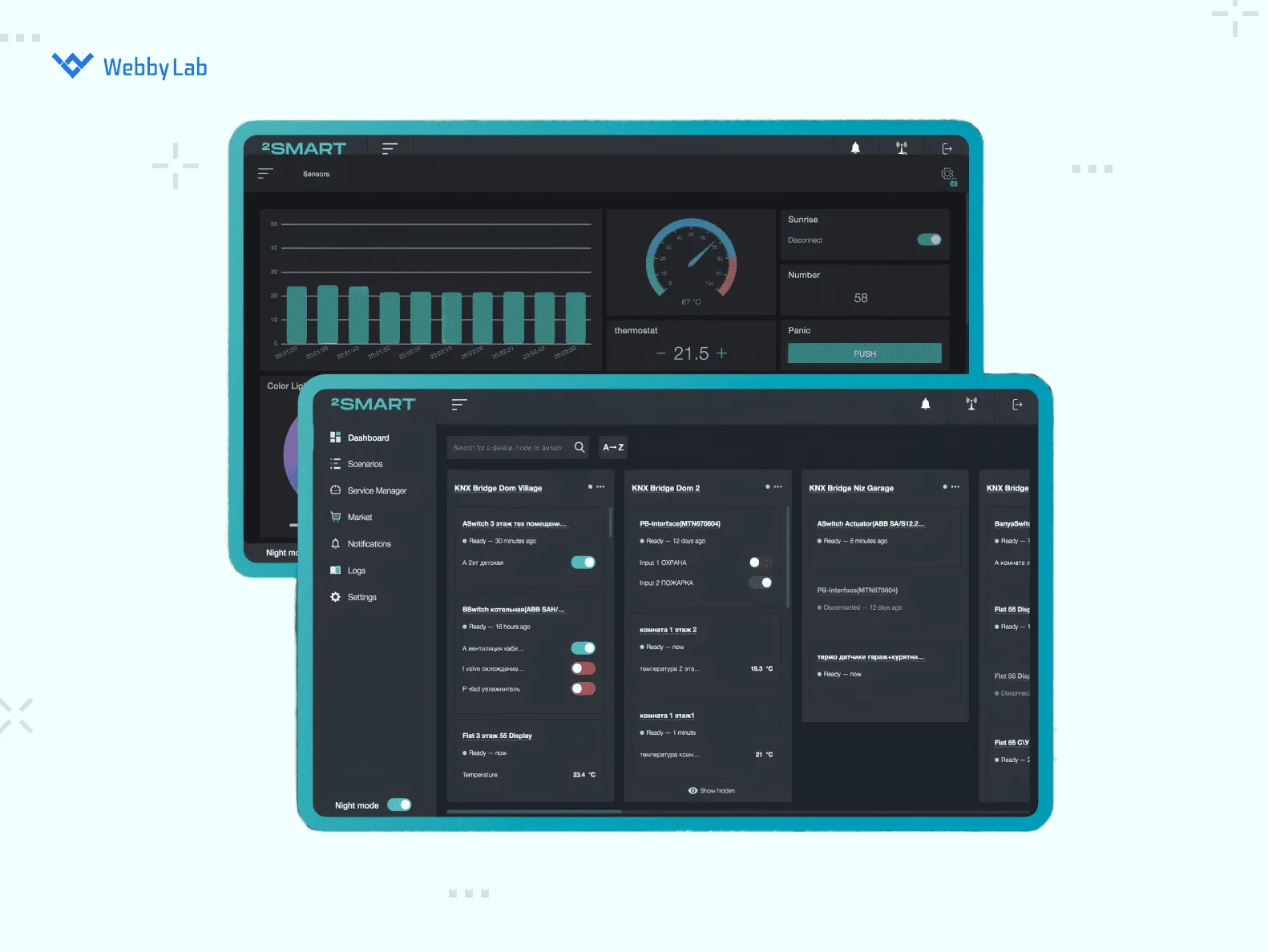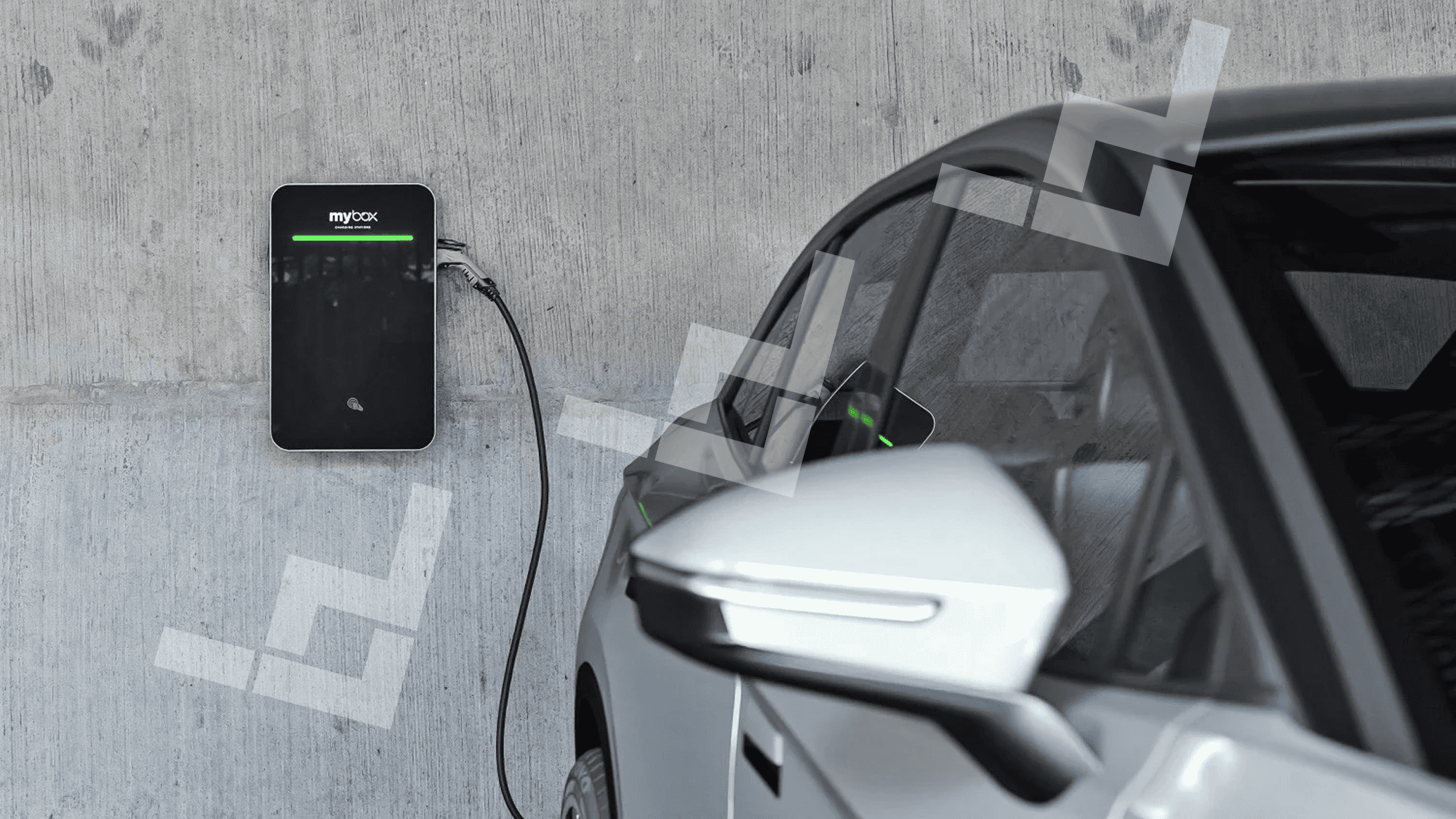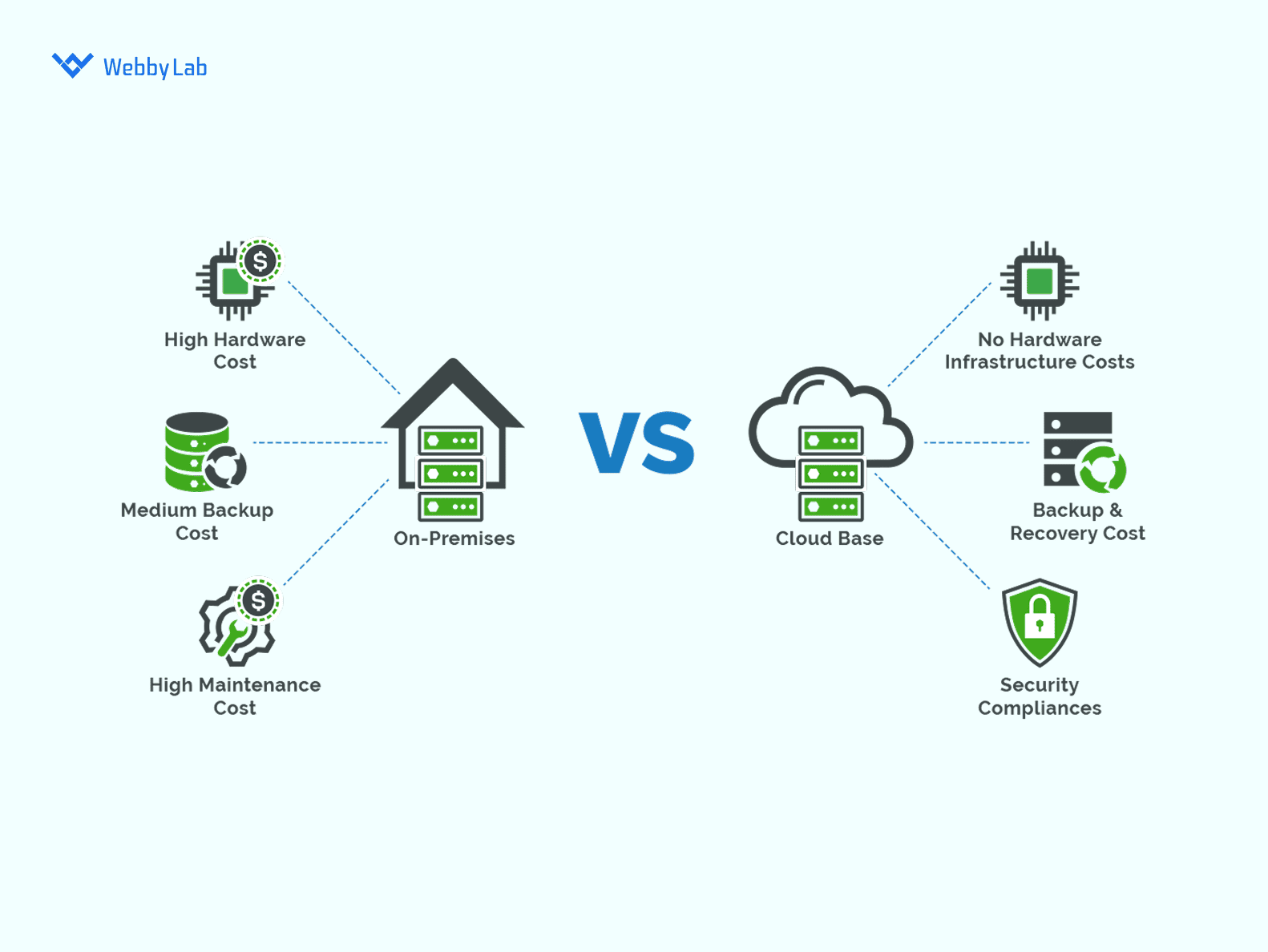On-Premise vs Cloud IoT: Why Enterprises Choose Local Infrastructure for Data Security and Compliance
Written by:

Kostiantyn Oliynyk
Head of IoT at Webbylab
With a robust academic background in Telecommunication Systems Engineering, I apply my knowledge to lead innovations in the IoT domain. Starting as the first team member in the newly formed IoT department at WebbyLab, I've spearheaded its growth, fostering the expansion into embedded and hardware development alongside our core software projects. My dedication lies in pushing the boundaries of IoT technology, fostering a culture of innovation and excellence that profoundly impacts our clients' operational success.
Yes. Hybrid deployment lets you process sensitive data locally while sending anonymized insights to cloud analytics services. Many manufacturers do this.
It depends on your architecture. Cloud-native systems built with AWS Lambda or Azure Functions need major rewrites. Containerized applications migrate much more easily.
You’ll get complete control. Only you will decide where data goes, who accesses it, and how long it’s stored. No third-party terms of service will apply to any part of the operations.
We build audit trails into the system from day one. Documentation, access logs, and compliance reports come standard with our on-premise solutions.
Yes, it’s possible, but only if planned from the start. We design systems with deployment flexibility in mind, using containers and infrastructure abstraction.
